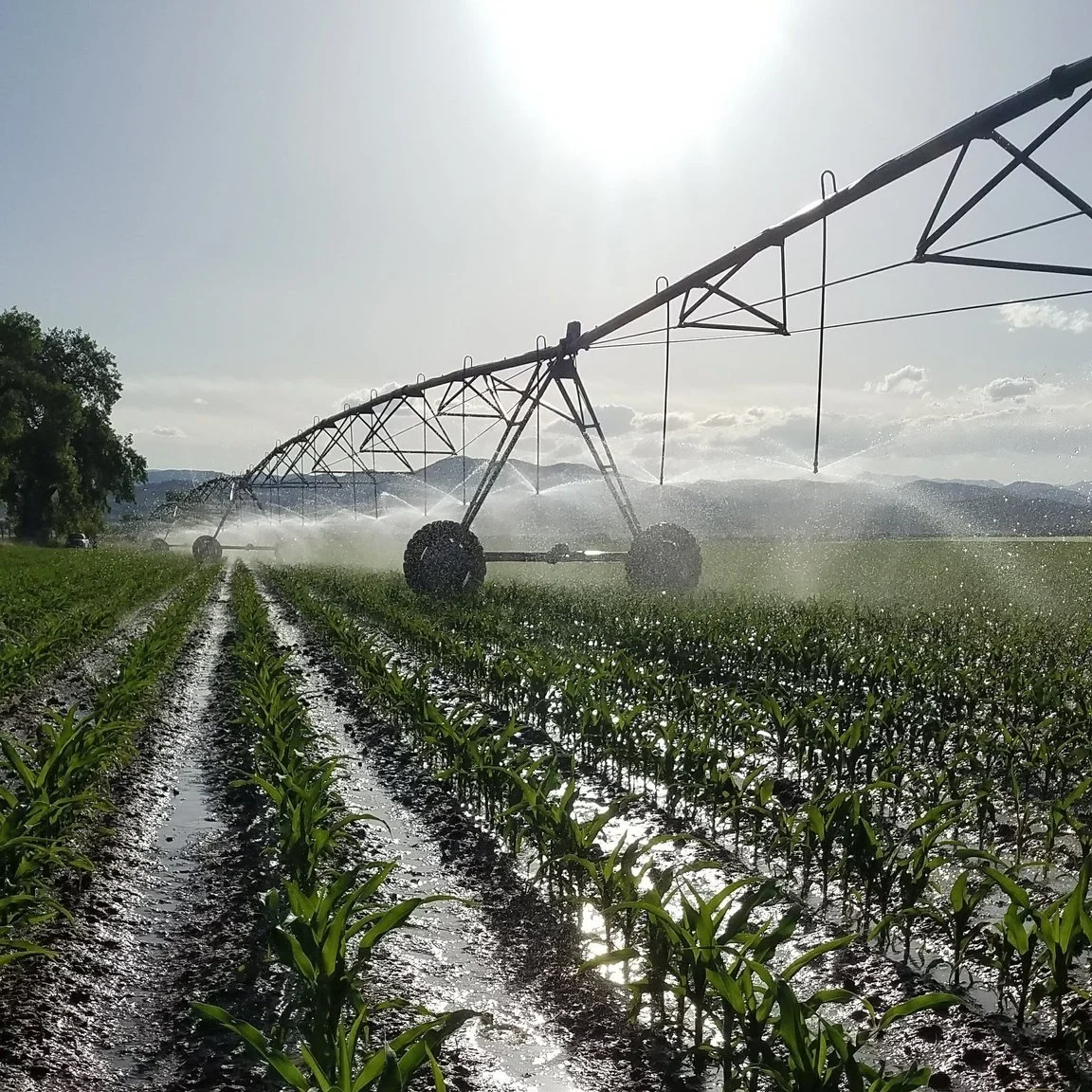Remember studying the Nile River and ancient Egypt in school?
It’s the stuff of legends for elementary school students: huge pyramids, lion-looking sphynx, and images of strange creatures, humans with animal heads, [carved into rock. Always, in these primary lessons of world history, time is spent studying the Nile. The longest river in the world! Its annual flooding provided rich soil! Ancient Egyptians were master farmers even building irrigation systems to water their crops!
In fact, the ancient Egyptions dug a systems of canals to irrigate their crops. They build reservoirs to hold water to feed these canals. Then they built gates to control the water flow and…
Wait, just one second.
Five thousand years later and half a world away, this is all starting to sound quite familiar.
Over the millennia that humans have been farming, amazing advances have been made. From understanding soil health to managing pests, from the discovery of the role key elements play in growing healthy crops to plant breeding for specific characteristics in labs, we have tools at hand today that the ancient world would never have imagined. We can grow plants in simple water solutions (hydroponics.) We can grow plants on top of tubs of fish (aquaponics.) We have AI weeding machines, half-million dollar tractors, and grain elevators the size of skyscrapers.
Yet one thing that has remained stubbornly the same is the concept of flood irrigation. Take a water source - a river or reservoir, say. Dig a ditch off of it to route water where you want it to go. Install some gates to reduce or increase flow. Then direct that water to your field, and run it down pre-made furrows between your crops.
It is, in all ways that matter, exactly the same as it was five thousand years ago.
There’s something oddly comforting in that. A connection to both the generations of farmers who preceded us, developing, honing, and passing on their craft. And a connection to the land. An understanding that as smart and resourceful as humans are, sometimes getting work done means simply getting muddy, getting wet, and battling the impressively powerful determination of water to go where it wants to go, ditches, canals, and dams…be damned.
Times are changing, slowly.
We’ve moved most of our fields off the flood irrigation system and replaced them with pivots, which use less water and require less hands-on work, both important characteristics when running a family farm in an arid climate. Overall, we’ve managed to get all but about 5% of fields under pivots greatly reducing our water usage and the labor required to keep our crops growing.
Pivots cost much more money, however. They require more infrastructure, and can only be placed in fields where the size and the shape allow for them.
Pivots won’t work everywhere. And so, for those fields that don’t fit them, for the corners that they can’t reach, for the years we can’t afford them…
We’ll slip on our boots and grab our shovels. We’ll cut a gate made of plywood and cover it with a tarp. We’ll traipse out to the field (every 12 hours, religiously) to move the pipe, check the flow, and repair any leaks. We’ll stand in the sunset and water, evaluate the progress of our crops, and pray for a good season.
The same as generations before us. The same as farmers thousands of years ago. The same across fields throughout the world.
The same as it ever was.










